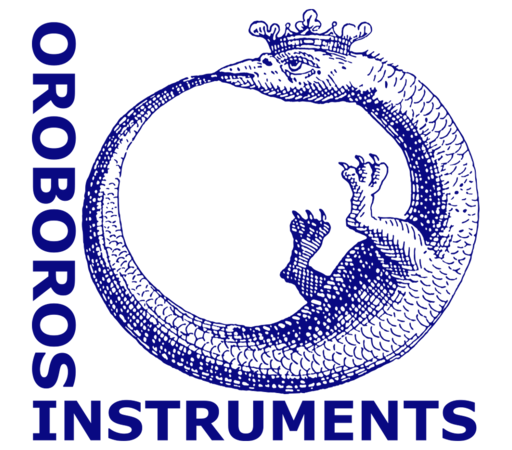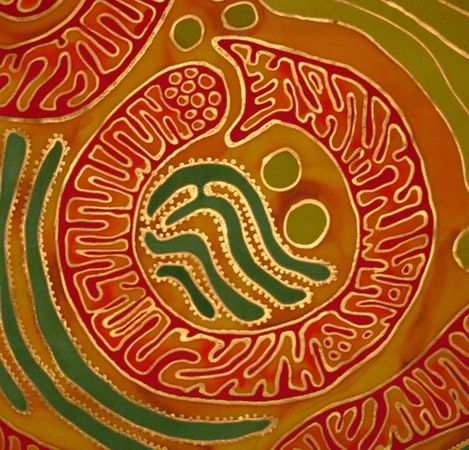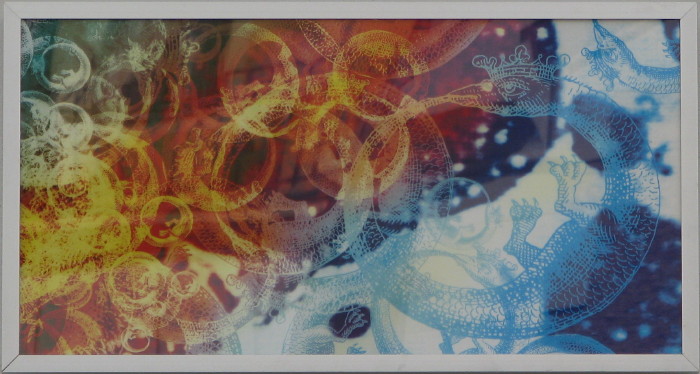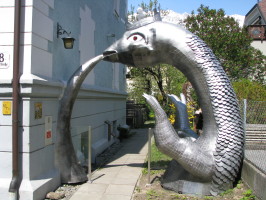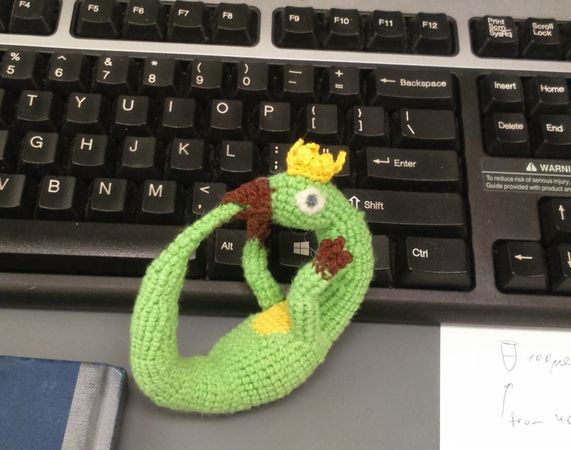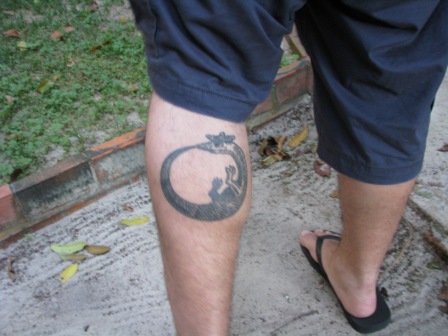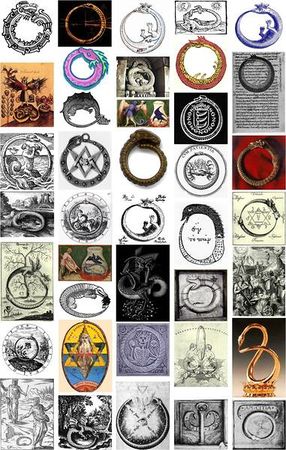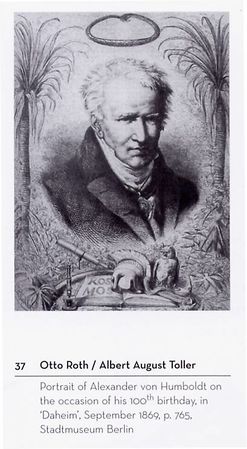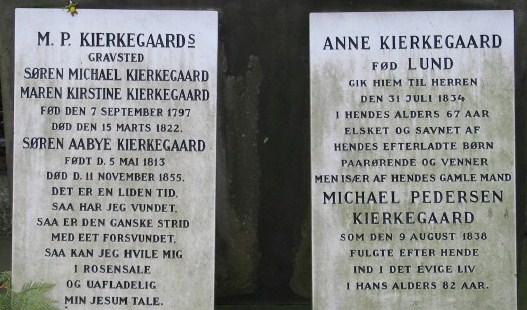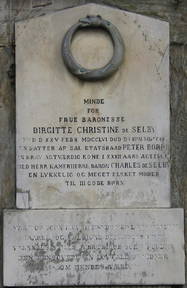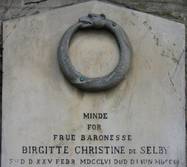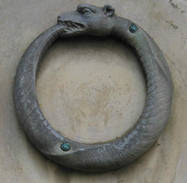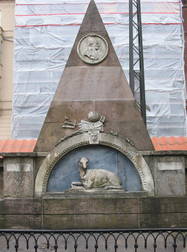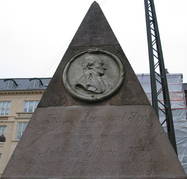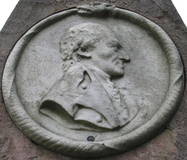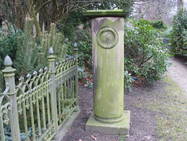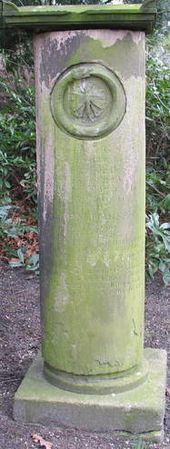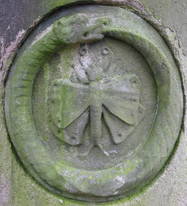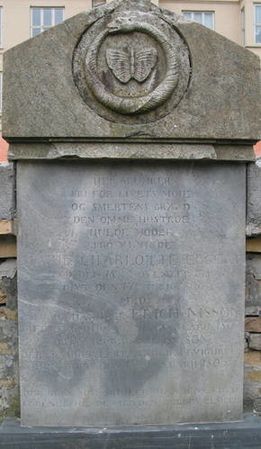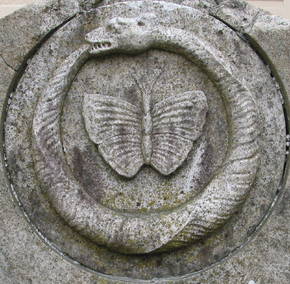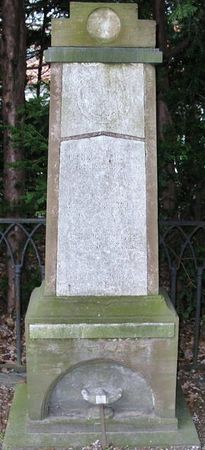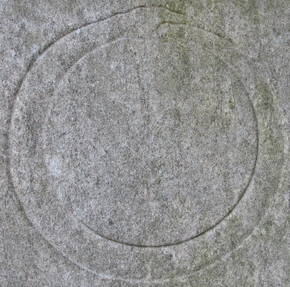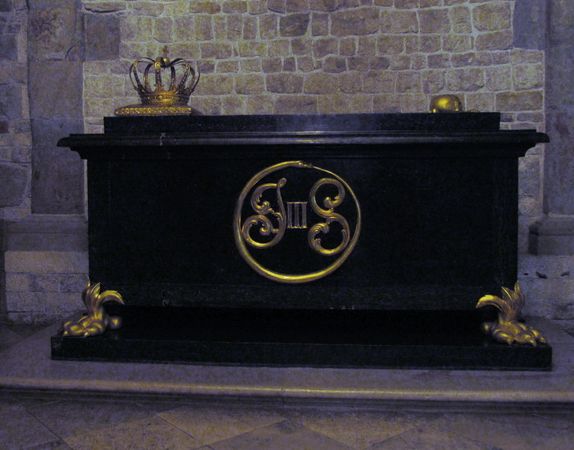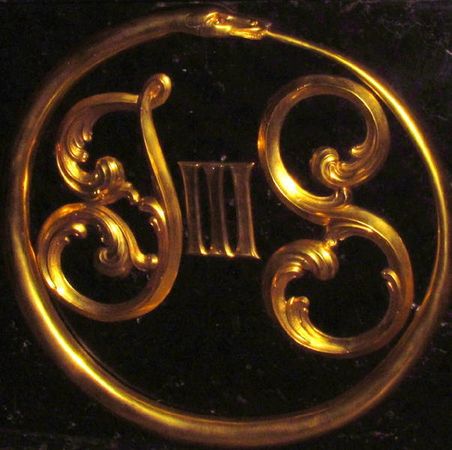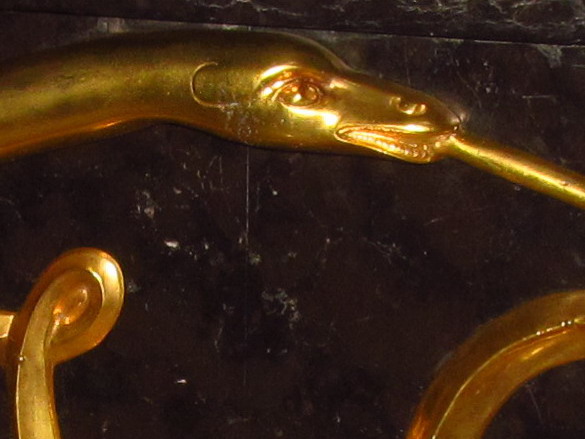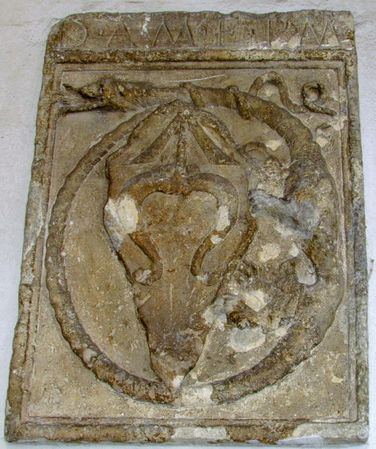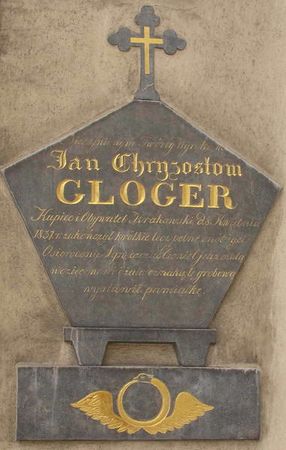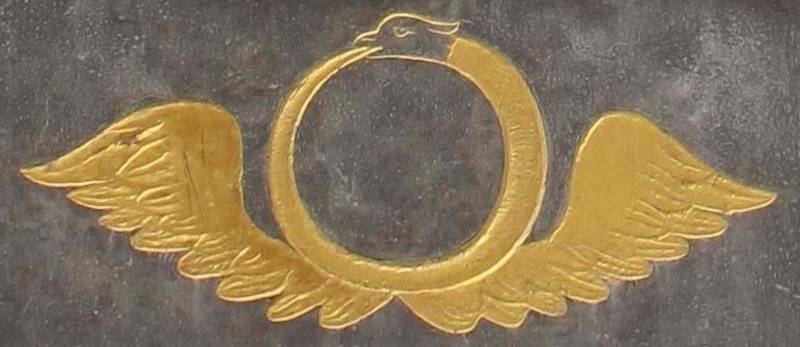Difference between revisions of "Oroboros symbol"
| Line 1: | Line 1: | ||
== Oroboros in | == OROBOROS INSTRUMENTS == | ||
<gallery mode=packed widths="350px" heights="300px" perrow=2> | |||
File:Logo OROBOROS INSTRUMENTS.jpg|OROBOROS INSTRUMENTS | |||
File:MitoOroboros by Odra Noel.JPG|The Mitochondrial Oroboros by Odra Noel | |||
File:Oroboros-Thermodynamik_4574_1.jpg|WINFRIED PLATZGUMMER - Oroboros in Thermodynamics (MiPArt terrass) | |||
File:Orodoor.JPG|HARALD KIRCHEBNER - Open door to OROBOROS (MiPArt-Gallery entrance) | |||
</gallery> | |||
== Oroboros picture of the month == | |||
<gallery mode=packed widths="350px" heights="300px" perrow=2> | |||
File:Oroboros Anna Stepanova NewYork2015.jpg|An [[OROBOROS The Logo |Ouroboros]] (made by Anna Stepanova, New York, 2015) helping with [[DatLab]] analysis - the picture was sent by Anna Stepanova during her participation in the [[MiPNet20.05 IOC104 Greenville |O2k-Workshop in Greenville, August 2015]]. | |||
File:Ouroboros Manaus-Sao Paulo 4631.JPG|An [[OROBOROS The Logo |Ouroboros]] tattoo from Sao Paulo walking in Manaus - observed during the [[MiPNet20.12 IOC103 Manaus |O2k-Workshop July 2015]]. | |||
</gallery> | |||
== Oroboros in context == | |||
<gallery mode=packed widths="350px" heights="300px" perrow=2> | <gallery mode=packed widths="350px" heights="300px" perrow=2> | ||
File:Collection.jpg|A collection of Oroboros | File:Collection.jpg|A collection of Oroboros | ||
File:AlexanderVonHumboldt.jpg|From: Olaf Breidbach (2006) "Visions of Nature: The Art and Science of Ernst Haeckel" . Prestel, Munich, Berlin, London, New York, page 52. | File:AlexanderVonHumboldt.jpg|From: Olaf Breidbach (2006) "Visions of Nature: The Art and Science of Ernst Haeckel" . Prestel, Munich, Berlin, London, New York, page 52. | ||
</gallery> | </gallery> | ||
== Oroboros in Copenhagen == | == Oroboros in Copenhagen == | ||
Revision as of 13:07, 22 August 2015
OROBOROS INSTRUMENTS
Oroboros picture of the month
An Ouroboros (made by Anna Stepanova, New York, 2015) helping with DatLab analysis - the picture was sent by Anna Stepanova during her participation in the O2k-Workshop in Greenville, August 2015.
An Ouroboros tattoo from Sao Paulo walking in Manaus - observed during the O2k-Workshop July 2015.
Oroboros in context
Oroboros in Copenhagen
Before departing for the Greenland 2004 expedition, Erich Gnaiger strolled through the Kierkegaard graveyard in Copenhagen, observing a suprising variety of Ouroboros emblems - symbols of transformation and eternal recycling (2004-02-22; photography by Erich Gnaiger).
Oroboros in Krakow
An excursion at the FLAWOPIRYNIA conference in Lodz to Krakow (2012-10-25 to 26) revealed two Ouroboros emblems (photography by Prof. Cezary Watala).
A web search revealed possibly another Ouroboros from Krakow: flickr.com (2012-10-28).
Oroboros links
- "In general, if not universal terms, the Ouroboros may be defined as a self-sustaining, tail-eating snake, but it is clear that there is far more to the matter than this, for the concept is almost global in its distribution and evidently has far deeper meanings in many cultures" - SPIRA SOLARIS AND THE UNIVERSAL OUROBOROS: Link
- "The ouroboros has several meanings interwoven into it. Foremost is the symbolism of the serpent biting, devouring, eating its own tail. This symbolises the cyclic Nature of the Universe: creation out of destruction, Life out of Death. The ouroboros eats its own tail to sustain its life, in an eternal cycle of renewal" - Symbology behind the Ouroboros: Link
- Ouroborus, the serpent dragon that siezes its own tail and unites these polarities in forming its circle in the Soul - The alchemy website: Link
- "Ouroboros is an ancient alchemy symbol depicting a snake or dragon [DNA] swallowing its own tail, constantly creating itself and forming a circle." Link
- "There was no surrounding air to be breathed, nor was it in need of any organ by which to supply itself with food or to get rid of it when digested. Nothing went out from or came into it anywhere, for there was nothing. Of design it was made thus, its own waste providing its own food, acting and being acted upon entirely with and by itself, because its designer considered that a being which was sufficient unto itself would be far more excellant than one which depended upon anything." from Timaeus (The construction of the world), Plato - Ouroboros, Univeristy of Minnesota, School of Architecture and Landscape Architecture: Link
